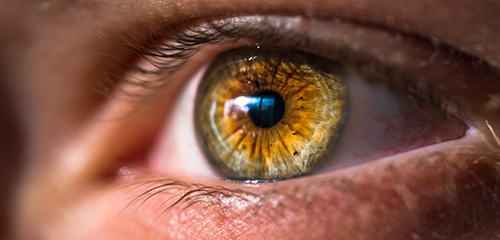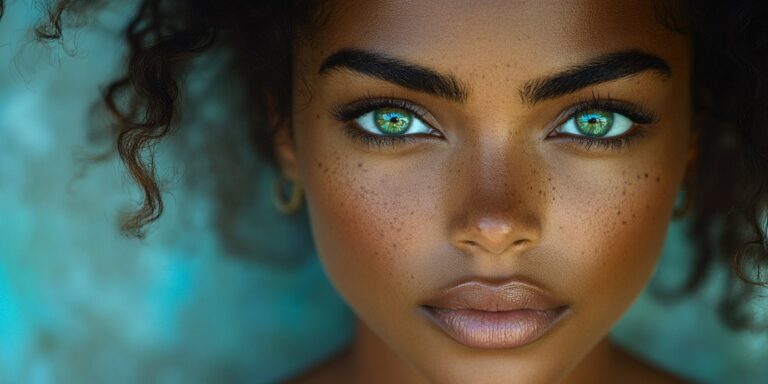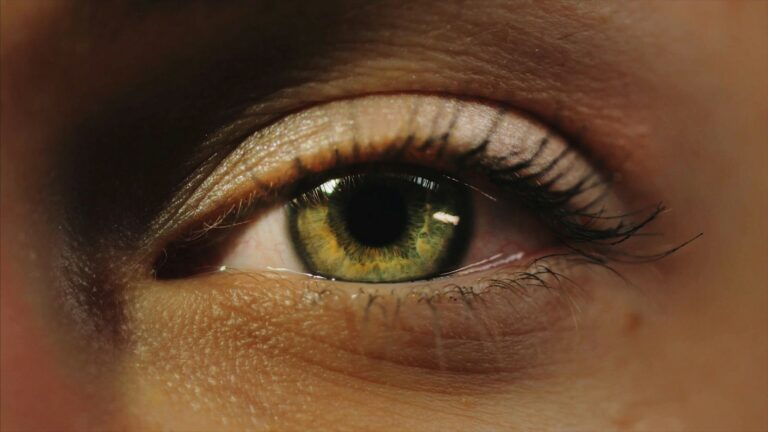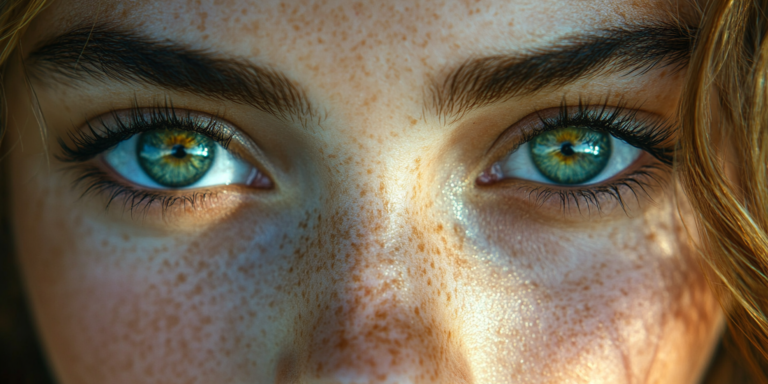Genetic origin and frequency
Blue, green, brown, hazel, or grey… These are the main eye colours that can be found across the world. A majority of the world population has brown eyes. Only 20% of humans have an eye colour that is not brown. And green is the rarest colour.
What determines the colour of our eyes? What is the geographical distribution of colours? Neoris can tell you more about the genetic origin, the hereditary nature, frequency and distribution of the various colours.
Why do people have blue or brown eyes?
Melanin, which is a dark brown pigment, plays an important part in this process. Depending on the quantity of melanin in the eye, its colour will vary. If there is no melanin in the iris to absorb light, the eyes are blue; with a large quantity of melanin, the eyes are brown. As for green eyes, they are due to a mixture of melanin and lipochrome, a yellow pigment.

In other words, the higher the melanin content, the darker the eyes. Obviously, variations are possible. Some people have blue eyes with some grey in them, while others have greenish-brown irises, better known as hazel.
What determines the quantity of melanin?
Eye colour is hereditary. It is determined by a series of genes, which people get from their parents. For example, if both parents have brown eyes, the likelihood of the children having a similar eye colour is above 70%.
What is the most common eye colour?
Most people have brown eyes. 80% of people in the world have brown eyes. But that proportion varies according to the geographical area. If you look at Europe for example, you will see that people from the North generally have blue eyes, while that is rarer in those from Mediterranean countries, where most people have brown eyes.
Besides, when a European child is born, their eyes are generally blue, and the colour may change into its final shade a few months later. As for Asian or African children, they generally have brown or almost black eyes since birth. Green eyes are the rarest, since only 2% of people have green eyes. In Ireland, Scotland and Iceland, there is, however, a large proportion of people with green eyes.
Even rarer are those where the two eyes have different colours: this is a condition known as heterochromia. It can be the result of a melanin production issue. The pigment is then found in different quantities in each of the eyes.
To sum up, several factors influence eye colour, which can also change over time, particularly depending on exposure to the sun.
Did you know that you can now change your eye colour?
Today, you can choose from a multitude of colors available on the market: “Emerald Green”, “Riviera Blue”, “Honey Gold”, “Silk Blue”, “Ocean Blue”, “Forest Green”, “Tropical Green” and “Snow White” to name but a few. To find out more, take a look at our color presentation.
Green eyes are the rarest only 2% of people have green eyes






